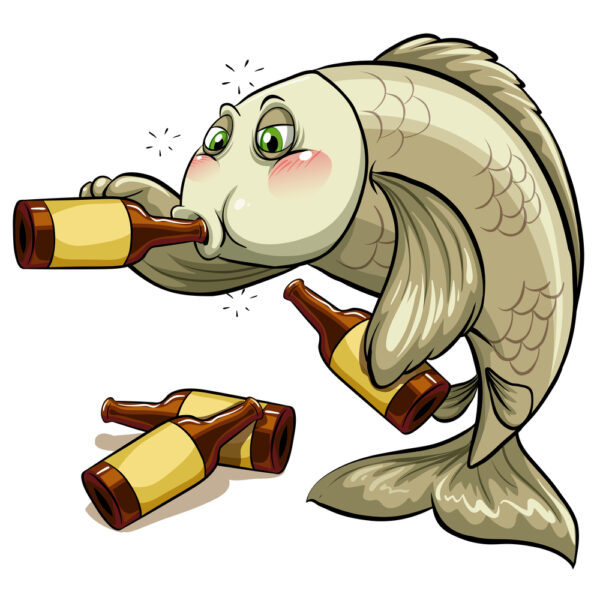
Fish are constantly surrounded by water, but do they get thirsty? And how would they even drink?
To answer these question, it’s crucial to understand how water — a solvent — interacts with other substances like salt, which is a solute, across a cell membrane. Through a process called osmosis, water flows across a membrane from areas with low concentrations of solutes to areas with high concentrations of solutes until the cell can reach some sort of equilibrium with its external environment.
How much water a fish consumes really depends on how much salt is in its surrounding habitat. While fish do drink some water — salty or fresh, depending on their surroundings — through their mouths, they mostly absorb it through their skin and gills via osmosis.
“Writer Fuel” is a series of cool real-world stories that might inspire your little writer heart. Check out our Writer Fuel page on the LimFic blog for more inspiration.

